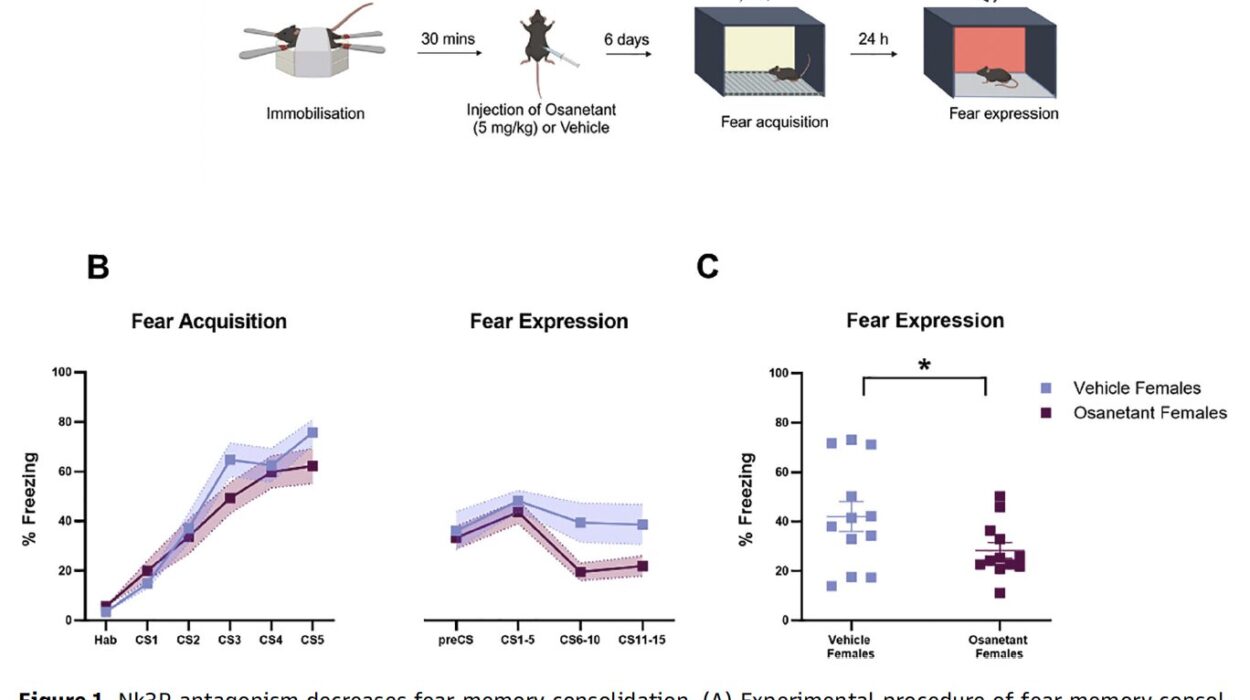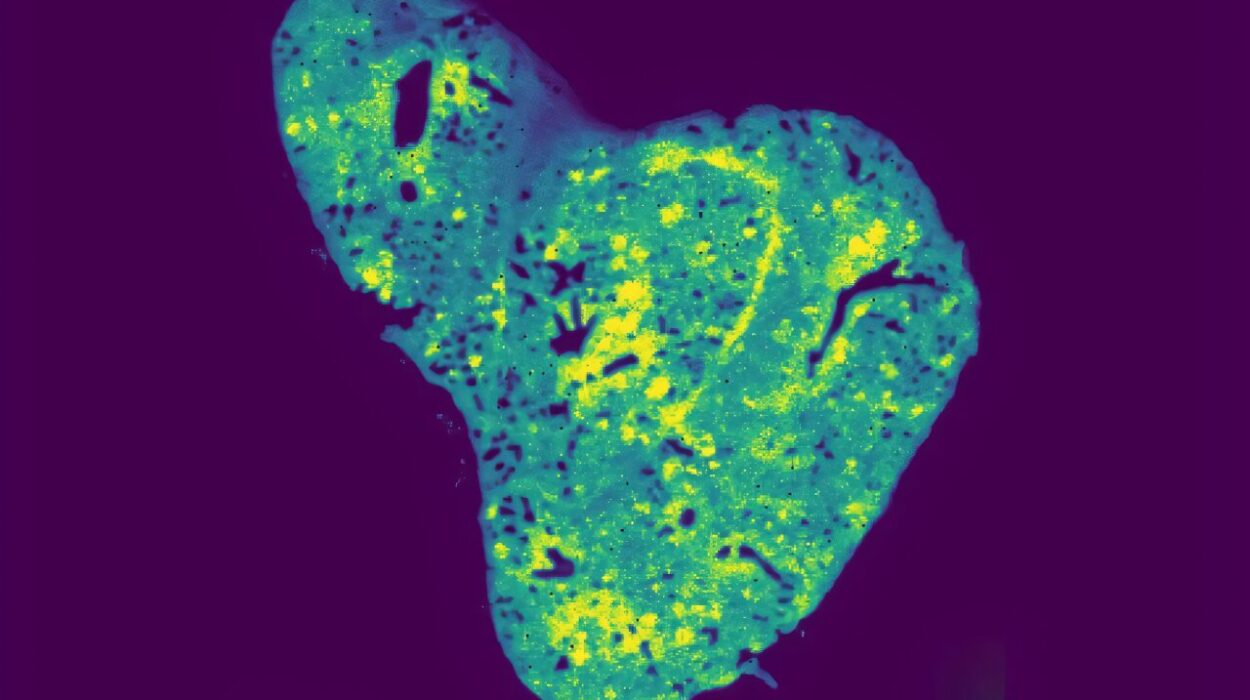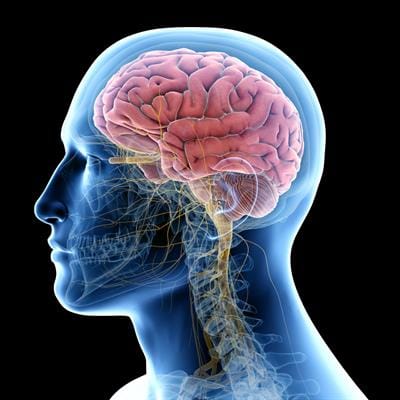Beneath the surface of daily life, the body tells a story long before the mind realizes what’s happening. That story is now being decoded by a new generation of scientists, and their latest findings are reshaping how we understand—and predict—mood shifts in bipolar disorder.
In a groundbreaking study published in the Journal of Affective Disorders, researchers have shown that subtle changes in sleep and activity, as recorded by wearable devices, can signal an impending hypomanic episode up to three days before it begins. It’s a discovery that could mark a major step forward in the early detection and treatment of one of psychiatry’s most challenging conditions.
“We’re finding signals in the noise,” said Casey Bennett, lead author and graduate student in the Department of Psychological and Brain Sciences at the University of Missouri. “Tiny fluctuations in a person’s everyday patterns—things they might not even notice—are showing up as measurable shifts in the days leading to hypomania. And we can detect them.”
The study’s findings not only lend fresh scientific weight to the lived experiences of many patients with bipolar disorder, who often feel mood changes building before they’re visible to others—they also signal the rise of a new kind of psychiatric monitoring: real-time, continuous, and deeply personal.
Listening to the Body’s Quiet Warnings
Bipolar disorder is marked by episodes of depression and mania or hypomania—periods of elevated energy, impulsivity, sleeplessness, and racing thoughts. While depressive episodes often dominate clinical care, hypomanic phases can be just as disruptive. They often act as precursors to full-blown mania and can derail relationships, careers, and lives with sudden intensity.
For decades, clinicians and researchers have sought to predict these mood episodes, hoping to catch them before they spiral. But efforts using patient diaries, clinical interviews, and even smartphone tracking have yielded mixed results. The problem? Human behavior is complex, and traditional methods miss the real-time shifts that precede dramatic mood changes.
This is where the Oura ring comes in.
Worn on the finger, this sleek, unassuming piece of wearable technology continuously measures physiological data: movement, sleep stages, heart rate variability. In the study, 164 participants diagnosed with bipolar I or II disorder wore the ring for up to two years while also completing weekly self-reports of their mood using the Altman Self-Rating Mania Scale and the Patient Health Questionnaire.
Of these, 50 individuals experienced at least one hypomanic episode during the study period. These episodes—defined as weeks where participants reported three or more hypomanic symptoms—became the anchors for the analysis. Researchers then combed through the days leading up to each episode, asking a critical question: could early behavioral changes forecast the emotional storm?
The answer was yes—and the signals were remarkably consistent.
Disruptions Before the Storm
In the days before participants reported feeling hypomanic, their sleep and activity patterns began to change. But it wasn’t the total amount of sleep or the average energy level that mattered. It was how variable those patterns became.
Day-to-day changes in sleep increased sharply about three days before an episode. Activity levels began fluctuating roughly two and a half days in advance. Within a single day, patterns that should have been stable—such as rest-activity cycles—grew irregular. In short, the body’s natural rhythms began to wobble, as if losing balance just before a fall.
Using advanced statistical techniques to analyze the data, researchers found that these fluctuations—particularly those occurring within 12-hour cycles—were highly predictive. In fact, variability in sleep had a balanced accuracy of 87% in detecting an upcoming hypomanic episode. Activity data performed even better, with an accuracy of 89%. Sensitivity, or the ability to correctly flag episodes before they happened, exceeded 90%.
“The body often knows before the mind catches up,” Bennett explained. “What we’re seeing is that the transition into hypomania doesn’t come out of nowhere—it begins with subtle cracks in the system.”
Notably, these physical patterns matched specific psychological symptoms. Irregular sleep patterns aligned most closely with self-reported reductions in the need for sleep—a classic sign of hypomania. Increased daytime activity, captured passively by the wearable, aligned with patients’ reports of racing thoughts and heightened energy.
Rewriting the Map of Mental Health
The implications of this study extend far beyond bipolar disorder.
For decades, psychiatric care has relied heavily on conversations: clinicians asking patients how they feel, patients reflecting on memory and mood. But this model has its limits, especially when conditions are dynamic, shifting rapidly between states. A person might feel fine during a clinical visit but spiral into crisis days later. Or they might struggle to identify early signs until it’s too late.
By contrast, wearable technology offers a continuous window into lived experience—unfiltered, uninterrupted, and immediate. And by focusing on variability rather than average behavior, the researchers tapped into a crucial insight: stability matters more than scale. It’s not just how much sleep a person gets, but whether their sleep schedule is erratic. Not just how active they are, but whether their activity patterns are shifting unpredictably.
This approach reflects a broader trend in mental health research: treating mood not as a fixed state, but as a fluid system—one that can tip into disorder when its internal balance falters.
“Mood is dynamic,” said Sarah Jacquet, an assistant professor of psychiatry and co-author on the study. “And when that dynamic system becomes unstable, we can see it in the data. It’s like watching the first ripples before a wave crashes.”
Technology, Humanity, and the Future of Care
The study’s design also demonstrated the power—and promise—of decentralized science. Conducted entirely remotely, it showed that real-world mental health research can extend beyond the lab or clinic. Participants contributed data from their homes, workplaces, and daily lives, providing a more authentic picture of how mood shifts unfold.
The study’s sample, while limited in size, was diverse in age, gender identity, and socioeconomic background. Most participants were receiving psychiatric treatment, suggesting that early detection tools could complement—rather than replace—existing care models.
Of course, challenges remain. Wearable devices can produce gaps in data or errors in measurement. Not everyone can afford or access such technology. And while the findings are promising, larger studies will be needed to confirm them and expand their scope to other mood states, such as depression or mixed episodes.
But even with these caveats, the research marks a crucial milestone in psychiatry’s ongoing evolution—from reactive treatment to proactive care.
A New Kind of Vigilance
Perhaps most compelling is what this study offers to people living with bipolar disorder: the possibility of greater foresight and control.
Imagine receiving an alert—not unlike a weather warning—three days before a hypomanic episode. Imagine having time to adjust medication, schedule extra support, or simply prepare. Such early intervention could prevent hospitalizations, preserve relationships, and save lives.
For families and clinicians, it could mean catching the invisible early signs before behaviors spiral. For researchers, it points to a deeper understanding of how mood disorders work—less as mysterious afflictions and more as systems with patterns, feedback loops, and tipping points.
In the end, the message is clear: our bodies speak the language of emotion long before we find the words. And with the right tools, we’re finally learning to listen.






